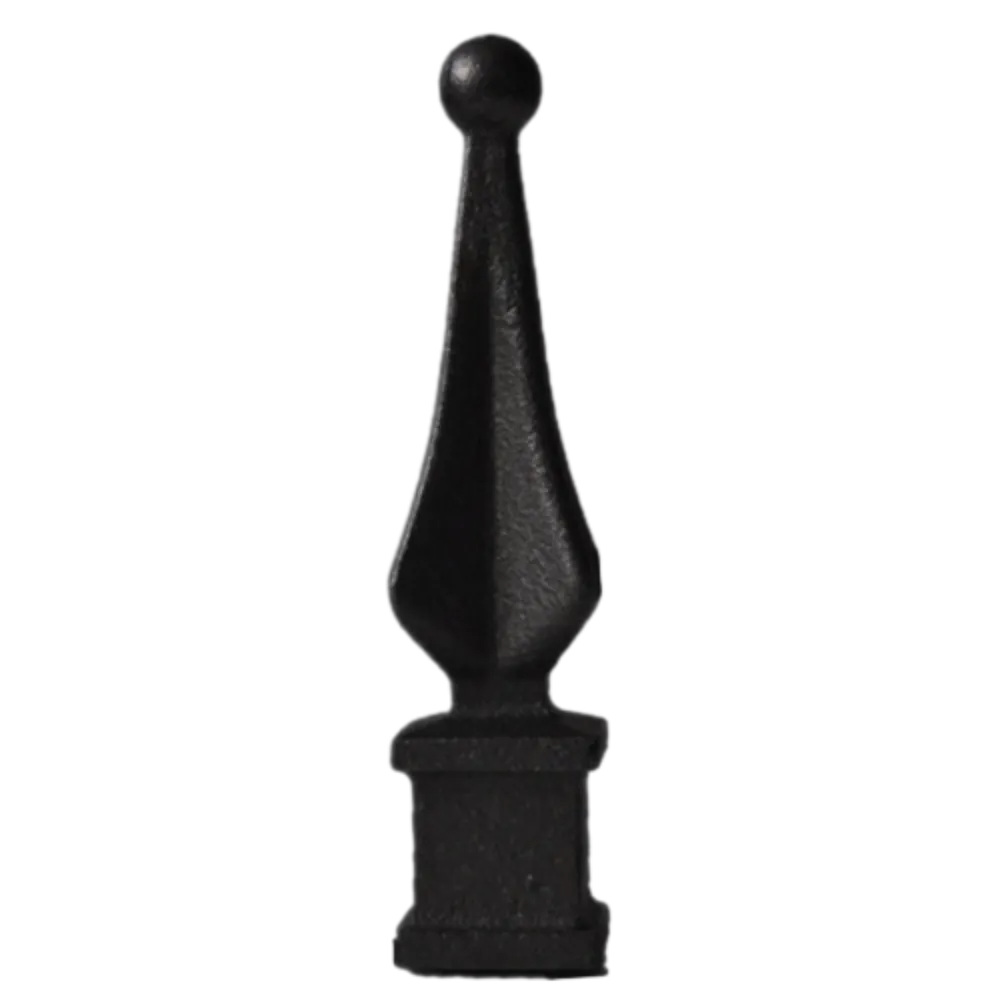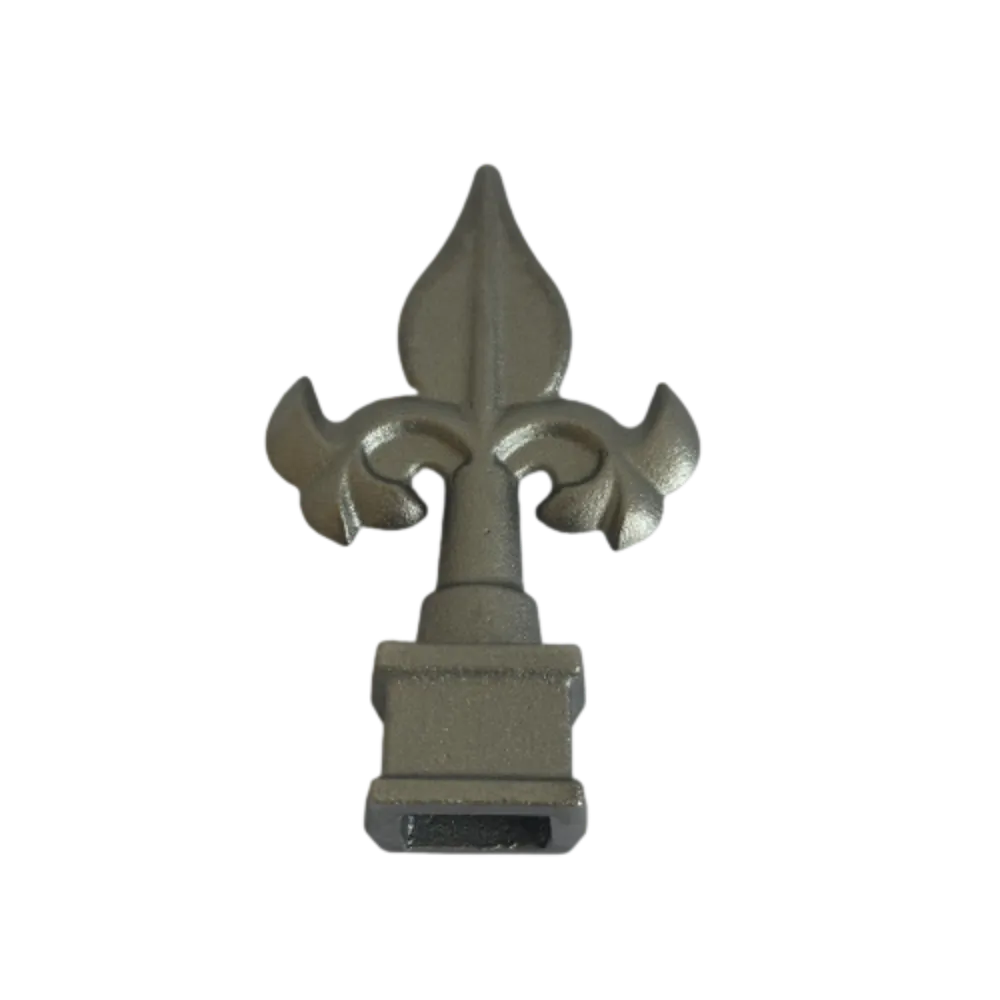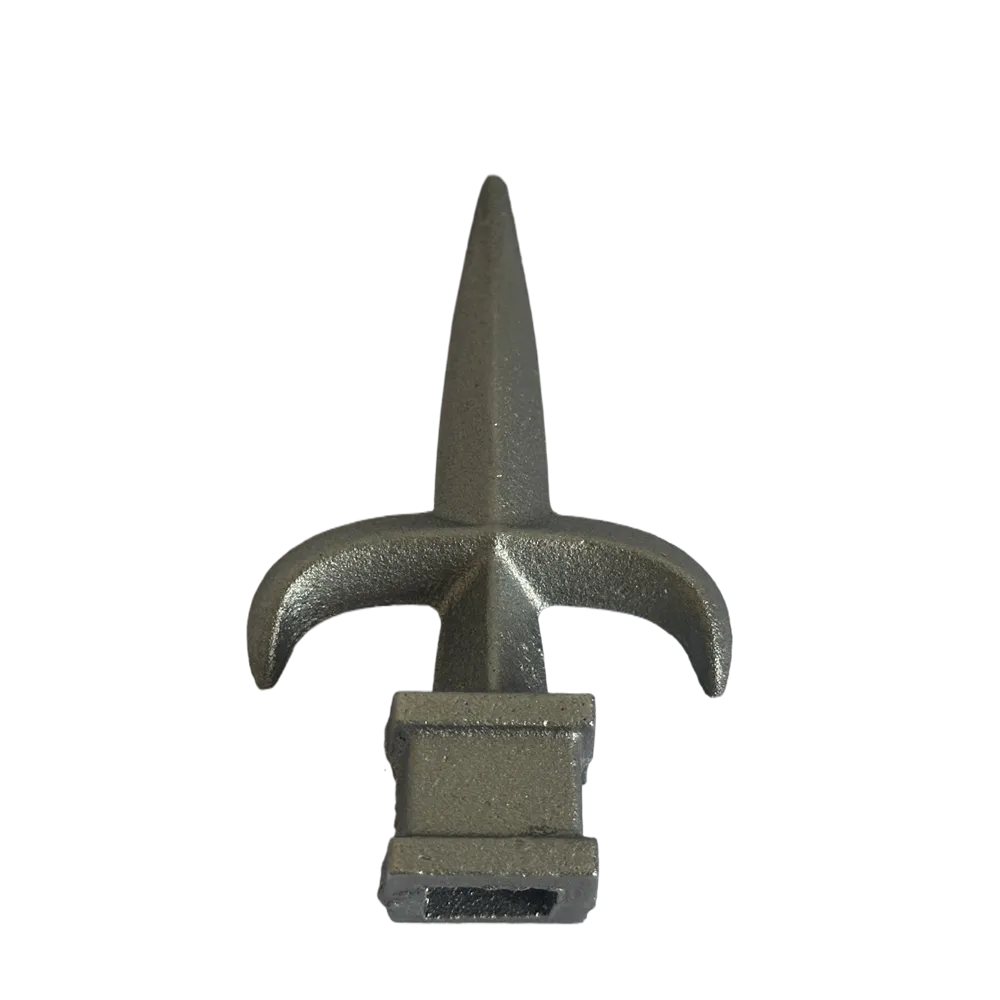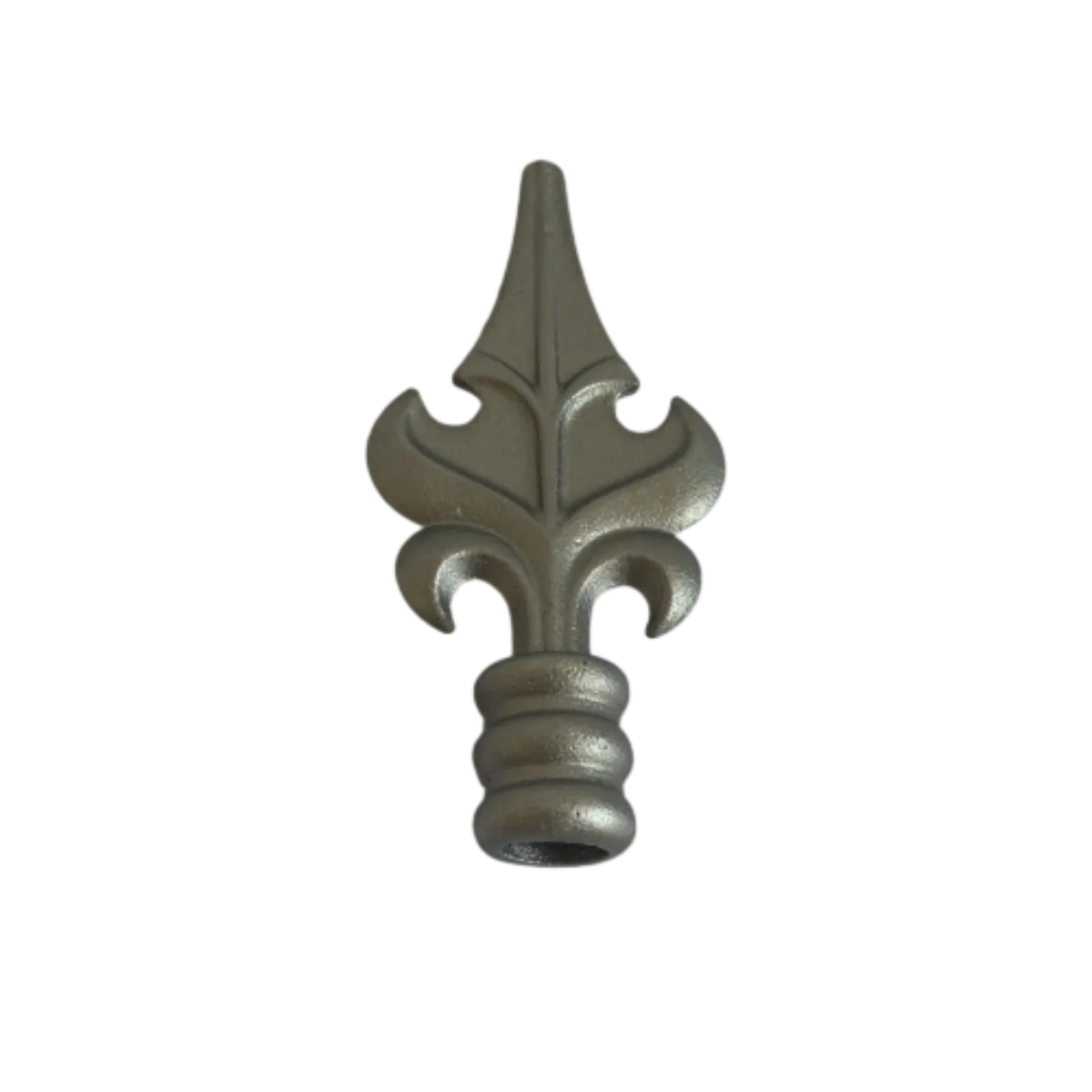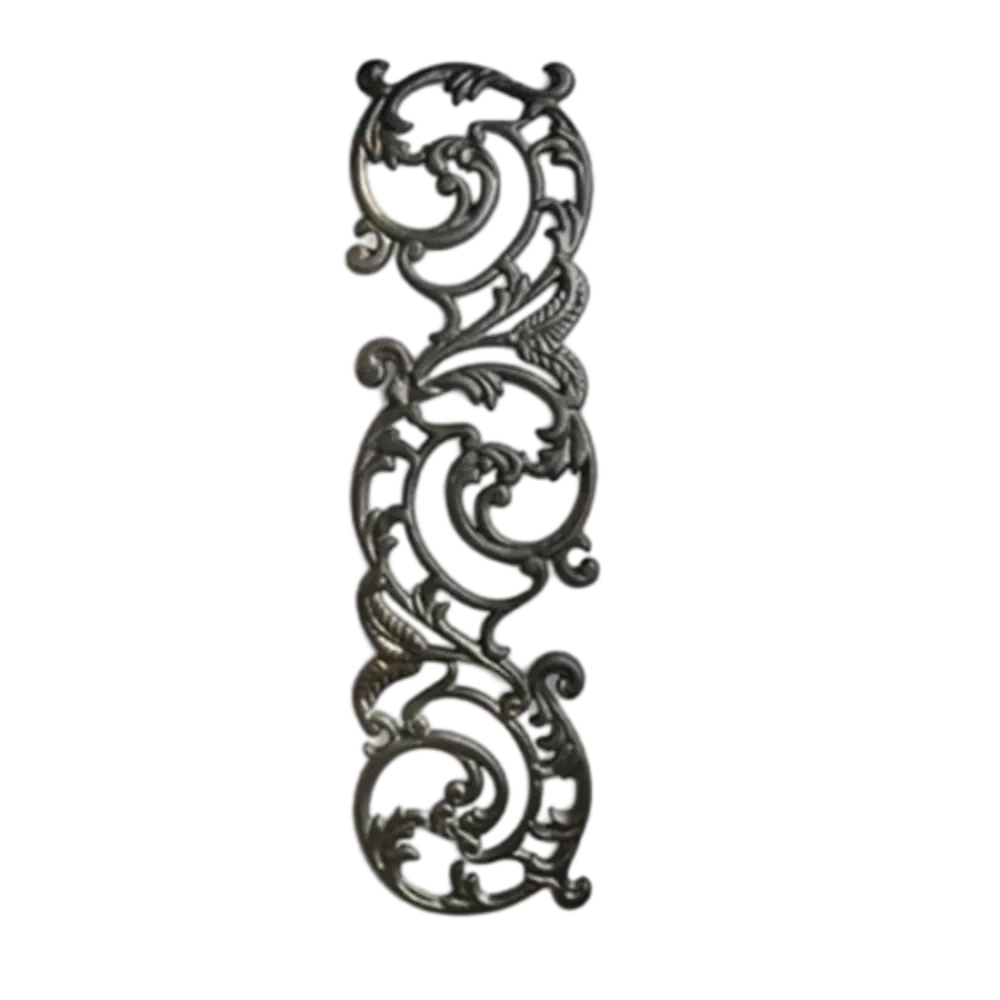wrought iron welding
The Art and Science of Wrought Iron Welding
Wrought iron, known for its malleability, ductility, and corrosion resistance, has been a staple in metalworking for centuries. Historically used in everything from tools to intricate decorative items, the evolution of wrought iron welding has played a pivotal role in various industries, including construction, automotive, and artistic fabrication. This article explores the fundamentals, techniques, and importance of wrought iron welding in modern applications.
Understanding Wrought Iron
Before delving into welding techniques, it's essential to understand what wrought iron is. Unlike cast iron, which is brittle and prone to cracking, wrought iron is made from a low carbon content, giving it superior mechanical properties. Its fibrous structure allows it to withstand significant stress and makes it ideal for forging, shaping, and welding. The primary components of wrought iron include iron, with small amounts of carbon, slag, and a bit of phosphorus. These elements provide its unique characteristics, enabling the metal to be shaped at high temperatures without breaking.
Wrought Iron Welding Techniques
Welding is the process of joining two or more pieces of metal by melting them together. There are several methods for welding wrought iron, each offering specific advantages depending on the project requirements
1. Forge Welding One of the oldest welding techniques, forge welding involves heating the wrought iron pieces to a pliable state and hammering them together. This method is particularly common in blacksmithing and is favored for its authenticity and traditional appeal. Proper heating and hammering ensure a strong bond without introducing impurities.
2. Arc Welding With the advent of modern technology, arc welding has become a popular choice for wrought iron projects. This method uses an electric arc to generate heat, melting the workpieces and allowing for strong joints. It is more efficient for large-scale production and can also be performed in various positions, enhancing its versatility.
wrought iron welding
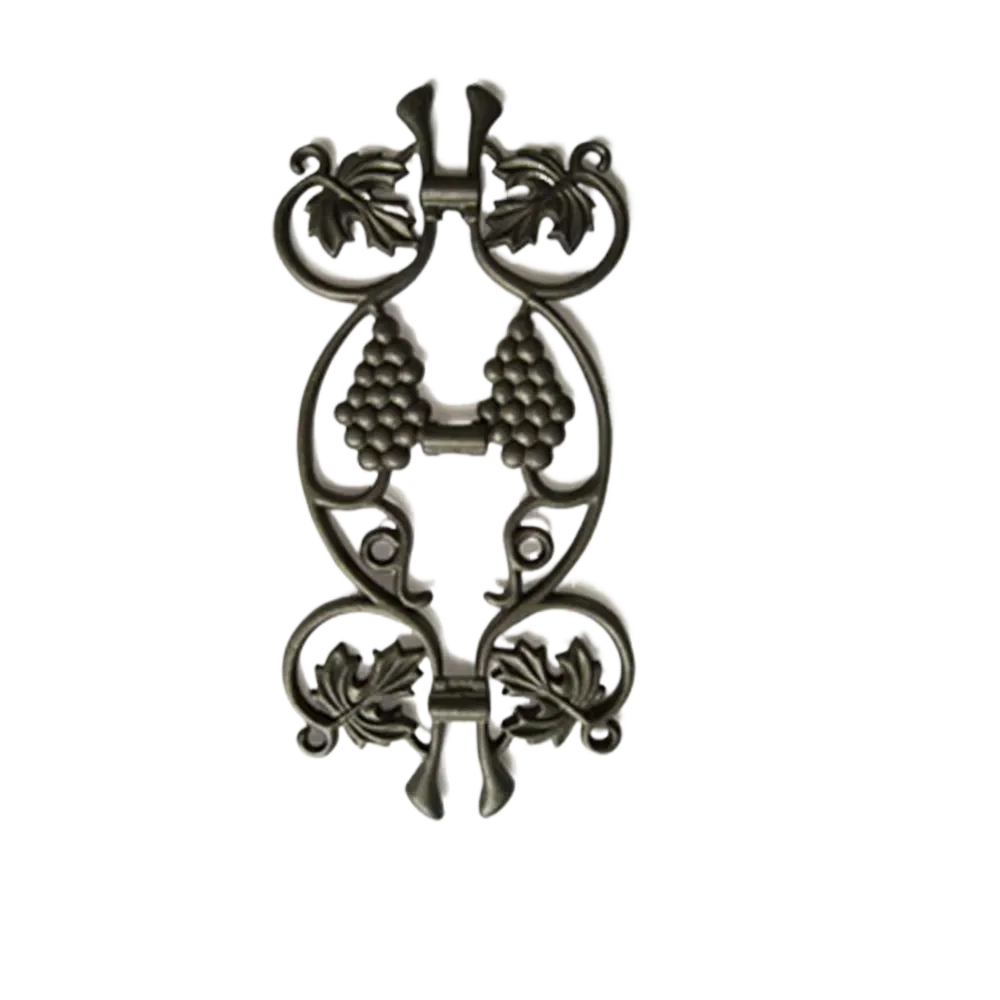
3. Gas Welding Utilizing an oxy-acetylene flame, gas welding can be used to melt and fuse wrought iron pieces. This technique is appreciated for its portability and is often used in repair work or when working in confined spaces. The controlled heating allows for precision in delicate tasks, such as art metalwork or architectural details.
4. TIG Welding Tungsten Inert Gas (TIG) welding is another advanced method that provides exceptional control over the welding process. It is ideal for thin materials and intricate designs. TIG welding uses a non-consumable tungsten electrode to generate a weld pool that can be filled with filler material, allowing for a clean and aesthetically pleasing finish.
The Importance of Wrought Iron Welding
The applications of wrought iron welding are vast and varied. In architecture, wrought iron is often used to create elegant gates, railings, and decorative fixtures. The ability to weld allows artisans to combine functionality with artistic expression, resulting in pieces that are not only sturdy but also visually striking. Furthermore, wrought iron's resilience makes it an excellent material for structural components in buildings and bridges, providing long-lasting durability.
In the automotive industry, wrought iron welding has paved the way for producing intricate parts required for various vehicles. From frames to suspension components, the ability to weld wrought iron is essential for ensuring structural integrity under stress.
Moreover, wrought iron welding has gained popularity in the art world. Blacksmiths and metal artists use welding techniques to create sculptures, furniture, and decorative pieces. The ability to manipulate and join wrought iron creates endless possibilities, giving artists a medium that is both forgiving and expressive.
Conclusion
In summary, wrought iron welding is a blend of art and science that continues to evolve with technological advancements. Its historical significance and modern applications demonstrate the versatility and enduring appeal of wrought iron in various industries. Whether in traditional craftsmanship or contemporary design, the skillful welding of wrought iron contributes profoundly to the structural and aesthetic qualities of countless creations. From robust architecture to elegant artisanal works, wrought iron welding remains an essential practice that connects the past with the present, celebrating a rich heritage of craftsmanship and innovation.
-
Wrought Iron Components: Timeless Elegance and Structural StrengthNewsJul.28,2025
-
Window Hardware Essentials: Rollers, Handles, and Locking SolutionsNewsJul.28,2025
-
Small Agricultural Processing Machines: Corn Threshers, Cassava Chippers, Grain Peelers & Chaff CuttersNewsJul.28,2025
-
Sliding Rollers: Smooth, Silent, and Built to LastNewsJul.28,2025
-
Cast Iron Stoves: Timeless Heating with Modern EfficiencyNewsJul.28,2025
-
Cast Iron Pipe and Fitting: Durable, Fire-Resistant Solutions for Plumbing and DrainageNewsJul.28,2025
-
 Wrought Iron Components: Timeless Elegance and Structural StrengthJul-28-2025Wrought Iron Components: Timeless Elegance and Structural Strength
Wrought Iron Components: Timeless Elegance and Structural StrengthJul-28-2025Wrought Iron Components: Timeless Elegance and Structural Strength -
 Window Hardware Essentials: Rollers, Handles, and Locking SolutionsJul-28-2025Window Hardware Essentials: Rollers, Handles, and Locking Solutions
Window Hardware Essentials: Rollers, Handles, and Locking SolutionsJul-28-2025Window Hardware Essentials: Rollers, Handles, and Locking Solutions -
 Small Agricultural Processing Machines: Corn Threshers, Cassava Chippers, Grain Peelers & Chaff CuttersJul-28-2025Small Agricultural Processing Machines: Corn Threshers, Cassava Chippers, Grain Peelers & Chaff Cutters
Small Agricultural Processing Machines: Corn Threshers, Cassava Chippers, Grain Peelers & Chaff CuttersJul-28-2025Small Agricultural Processing Machines: Corn Threshers, Cassava Chippers, Grain Peelers & Chaff Cutters




